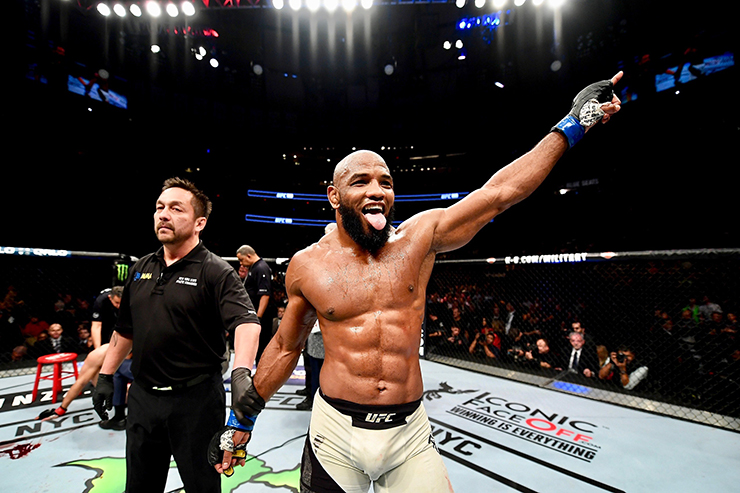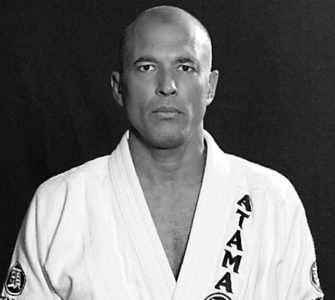In the realm of Mixed Martial Arts (MMA), athletes usually build their careers on a foundational martial art, refining this skill over years of dedication. However, the UFC has seen a surprising trend: fighters who, despite extensive training in a specific martial art, choose to abandon these techniques in the octagon. This article, explores this intriguing phenomenon.
The Phenomenon of Abandonment
Takanori Gomi: Known for his knockout prowess, Gomi’s background in wrestling was seldom seen in his fights. Despite winning multiple wrestling championships in Japan, he chose to rely on his striking abilities in MMA.
Benson Henderson: With a background in Taekwondo, Henderson surprisingly focused more on grappling and calf kicks, a technique not derived from Taekwondo. His flexibility, likely honed from Taekwondo, played a role, but his striking tactics were not indicative of his martial arts roots.
Vitor Belfort:
A Brazilian Jiu-Jitsu black belt and world champion, Belfort seldom used his grappling skills in the octagon. Known for his striking ability, he rarely showcased the BJJ expertise that formed the core of his early martial arts training.
Paulo Costa: Despite being a Brazilian Jiu-Jitsu black belt, Costa’s UFC career is marked by his preference for striking, almost entirely abandoning grappling in his fights.
Kid Yamamoto: A formidable wrestler with a family legacy in the sport, Yamamoto chose to pursue a career in MMA as a knockout artist, rarely utilizing his wrestling background.
Tony Ferguson: An NCAA wrestling champion, Ferguson’s MMA style is a far cry from his wrestling roots. Known for his striking and unorthodox submission techniques, wrestling plays a minimal role in his fight strategy.
Chuck Liddell: A wrestler at heart, Liddell became one of MMA’s greatest knockout artists. His wrestling background contributed more to his takedown defense than to his offensive strategy.
Yoel Romero:

An Olympic silver medalist in wrestling, Romero’s MMA career is defined by his striking and knockout power, rarely showcasing his world-class wrestling skills.
Hector Lombard: A fourth-degree Judo black belt and Olympic competitor, Lombard’s MMA career was characterized by his striking ability, with only fleeting instances of grappling.
Justin Gaethje: With a strong wrestling background, Gaethje evolved into a brawler in MMA, rarely utilizing his wrestling skills and focusing on aggressive stand-up fighting.
The decision to abandon their foundational martial arts in professional fights highlights the complexity and unpredictability of MMA. These fighters, through their diverse and unexpected fight strategies, demonstrate the evolving nature of the sport, where adaptability and surprise often trump tradition.


















